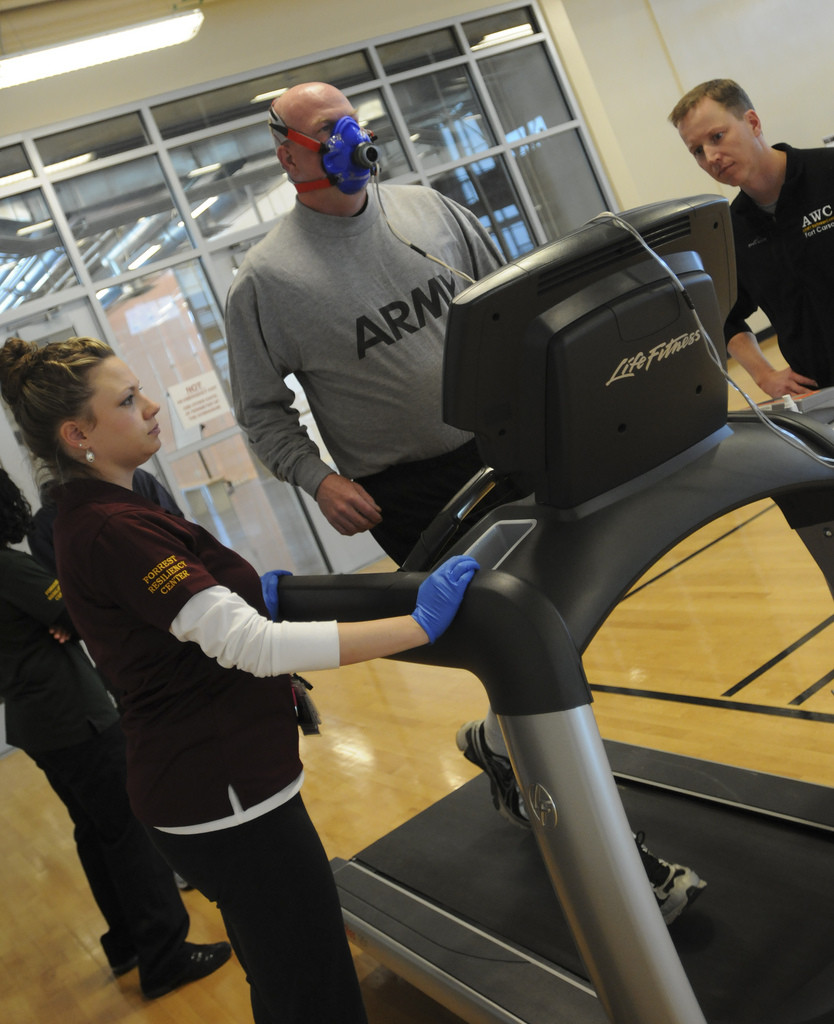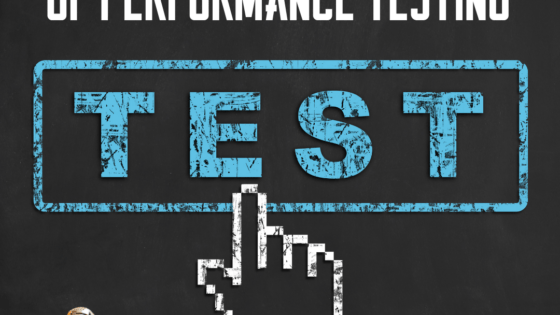
Without a doubt the most important week of your year is your testing week. It is during this week that you not only recover, but you begin to synchronize your aspirations for race day with your current levels of fitness. Inside Endurance Nation we use a series of “functional” tests that you can do on your own equipment in your own house or neighborhood. We do this so that the tests are repeatable and therefore more relevant. Here is a quick breakdown of how we handle your testing week to make sure that you’re getting the most out of your training and racing each season.
Number One – Rest Up
Quite frankly there are not very many rest weeks inside Endurance Nation. This is because we put the majority of your rest in the winter when there is a lower level of training. We choose that time, what we call the OutSeason® to do a lot of high-intensity work and then rest appropriately afterwards. So across the full course of your season the majority of your recovery time is weighted towards the winter. By the time you get into mid-season and race preparation, there is not much resting time because time is at a premium as you train for your races (plus you rested before!).
If you’re not rested, for whatever reason, obviously you should rest. You’ll know that you’re rested because you should be pretty excited about restarting your training. If you’re still dragging your feet, having trouble getting out of bed, just not motivated, running or pedaling aimlessly around your neighborhood…then you simply are not ready.
It’s only once you feel ready that you should consider lining up your tests.
Number Two – Execute Quality Tests
During the course of Monday through Friday your only goal is to implement your swim, bike and run tests. Outside of those tests you’ll be resting. Over the weekend we assume you’ll be back up to your regular training. If you’re still feeling the fatigue from your earlier training cycles, or your test results were subpar, then you can feel free to extend the rest through Saturday and Sunday as well if needed.
Our number one goal this week is to make sure that you do a great job on all of your tests.
I don’t really care about any other runs, or extra bikes and swims. I’m not concerned about the total volume of this week relative to other weeks. This week is here explicitly to make sure that we get good test done. So looking at your training plan you’ll see that each test how does a marker next to it denoting it as critical. So do whatever you need to do to shuffle your workouts around to make sure that you get these tests done and done them condone right. Here are some tips to make sure you do it right.
A. Prepare to Gather Data
The most important part of testing is is capturing what you been able to do. We use technology for this, so make sure that you have everything set up that you need to do the test properly. There is nothing worse than being 100% mentally and physically ready to test, and then realizing that you have no equipment or malfunctioning equipment and you won’t be able to actually capture results. So, you have all your devices set up and that you’ve tested them before. Perhaps even on a dry run of this is good before your first test of the year. We absolutely want to make sure that all of this works.
B – Consistent Venue
Functional tests require that you do them in a similar setting. Of course weather may change and so too will your fatigue across the season, but the goal is that you always run that 5K test on the same loop. Or you will do that bike test in the same setting. The more consistent the venue, the more valid the results and the more specific you can get in interpreting that data to make sure you’re doing the best training possible.
C – Plan the Test Out
It’s really important to define what a good test of because it’s not simply about doing the work out…it’s about getting good data. Inside Endurance Nation we like you to focus on really visualizing how you are going to take the test. Ideally you have a good sense of the target that you’re trying to hit based on prior training or recent experience. You want to make sure that you get an excellent warm-up; the shorter the efforts and the harder the effort you plan on doing, the longer the warm-up should be.
We want you to pace yourself appropriately across the test. There’s nothing worse than seeing a test where somebody “flied and died.” The person had ambitious goals and went out like they were shot out of a cannon in the first five minutes…then promptly bombed the rest of the test. Instead of that, we prefer that you would build your effort.
For a 5K test for example, if you’d like to average eight minute miles, we recommend you start at 8:10 pace per mile. After that first mile, then drop it down to eight minute miles for mile two. Then on the third and final mile, bring the pace down to 7:50 and give it everything you’ve got. That will yield an eight minute test for you and will ensure that you don’t blow up.
The better you get at testing, the more often you can test…the more aggressive you can be with how you approach your test.
Frequently Asked Questions
There’s always a lot of questions about our testing because people want to make sure they are doing it right. Here is a quick review of questions that we hear often inside Endurance Nation. Hopefully htey will help you do a better job of executing your tests.
Using an Indoor Trainer – These are critical because the majority of us spend a large chunk of our season not being able to ride outside for either weather or safety considerations. But because you’re inside it means that you’ll be getting all of your data off of the rear wheel — which is the only one that’s moving! Your GPS is not functioning, nor will any speed sensor or magnet placed on the front wheel. Make sure that you have everything you need tied into that rear wheel so that you are getting good data.
Testing with a Treadmill — Using a treadmill is also a critically important, although running outside is certainly the best option. Many of us end up indoors and will need to be able to use a treadmill for our test. We recommend that you have everything you need for the test: fluids, hand towel, heart rate monitor, watch, shoes… And perhaps even warn your neighbors. It’s easy to see how you might get carried away and you’ll want to make sure that you don’t scare any of your fellow gym members away! Set the treadmill between 1% and 2% and begin warming up appropriately. After about 10 minutes you’re free to do a few pick ups at faster effort…say three repeats of 30 seconds each..then jog again a few minutes and begin your test.
Please Note: You cannot directly correlate the speed that you attain on a treadmill to the speeds that you will run outside. Typically there is a bit of lag and you’ll often find the heart rate is lower than when running outside. But your treadmill test is a good baseline for the next general test and all of the treadmill workouts which will be doing. When you get back outside again you’ll either need to adjust your numbers based on experience, or test again.
How Do You Define Improvement?
This is super hard to think about because everyone wants to be sure they are improving. If you’re using a very specific device like a power meter, checking improvement is very easy because you can see the numbers go up or down based off of your effort.
This is also true for using a gps or pace device on a fixed course. If you cover 3.1 miles in less time… you ran faster. It’s pretty simple. Inside Endurance Nation were looking for that functional improvement: you moving your body faster down the road. Those of you who don’t have a power or pace device will most likely use something like a heart rate monitor. While you’ll be using a heart rate as a tool to gauge your effort, higher or lower heart rate numbers are not the outcomes of the test that you are looking for.
We still want you to track the time it took you to run or ride the distance. I still want you to know what your paces were so that you can determine whether or not you did more work. If you did a 40-minute heart rate test on an indoor trainer in Week One and you traveled 10 miles… and in Week Eight you traveled 11.3 miles, then you are fitter regardless of what the heart rate number says. That is the most important thing!
Conclusion
Testing is not only an important part of how you manage your training, but also provides you with a window for opportunity in recovery. It will give you insight as to whether or not you are absorbing your training and continuing to progress. If your test results stagnate and they map with how you feel about training (disinterested, tired, etc.), then this is a great opportunity to have a conversation with your coach about how to adjust things to continue to see improvement. It’s very easy to get tied into the subjective elements of her workouts, and frequent testing allows us to break through that barrier and use our own personal data for maximum results.
Good luck, and feel free to share your input in the comments below.



Leave a Reply